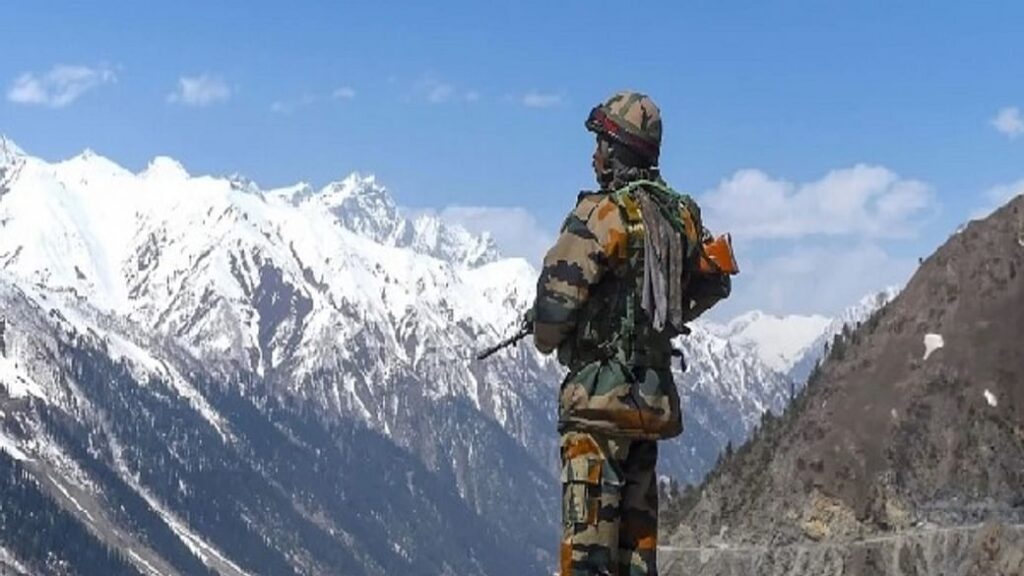
Not Mere Meeting: Indian military on offensive mode
R Krishna Das
The customary joint statement issued after External Affairs Minister Jaishankar’s meeting with his Chinese counterpart Wang Yi in Moscow on September 10 did not come as dreamlike for the diplomats.
Amidst standoff on the India-China border, the joint statement is a perfect case study of neighbouring country’s strategy. For, the points included in the statement are mere formalities than a firm resolve for a solution.
“Two Ministers agreed that both sides shall abide by all the existing agreements and protocol on China-India boundary affairs, maintain peace and tranquillity in the border areas and avoid any action that could escalate matters,” it said. It has no relevance as China has violated all the existing agreements.
Chinese military is blaming India for provoking the present crisis. It was therefore, most unlikely that the Chinese Foreign Minister would have carried a different, a more conciliatory, mandate during the meeting.
The reference in paragraph 1 of the statement that both sides taking “guidance from the series of consensus of the leaders on developing India-China relations, including not allowing differences to become disputes” is pro forma. For, it is no longer relevant as a serious dispute has arisen on the ground because of the differences.
They “agreed therefore that the border troops of both sides should continue their dialogue, quickly disengage, maintain proper distance and ease tensions”. Interestingly, the Corps Commanders have already met five times and other meetings have taken place at brigade and area commander levels, but with meagre results
That both “agreed that the current situation in the border areas is not in the interest of either side” can be seen as a realisation by China that a conflict with India is not in its interest, but it can also be used to give the impression that China did not want a conflict but was forced into it by India. It preferred dialogue.
This is where China’s strategy lies. It envisaged that India would not actively defend itself and that by offering negotiations and proposing that India meets it half way it would gain control of a further slice of Indian territory.
The meeting of foreign ministers after the dialogue between the defence ministers of both the countries is seen as part of the strategy. India does not want to break off dialogue but has made China realise that its calculations have proved to be a serious misjudgment.
As in earlier cases of China’s aggressive territorial moves, India relied on diplomacy to find a solution. Presently, despite the scope of unprecedented China’s military moves and intrusions into Indian territory since 1962, India has made efforts to find a negotiated solution and avoid a conflict, if possible.
But this time, the move is different. India has shown its resolve to challenge China militarily on the ground despite dialogue. And it was demonstrated by the violent confrontation in the Galwan Valley. India has occupied mountain heights south of Pangong Tso to obtain tactical control of the Spanggur Gap.
This bold move has rattled China, as its vulnerability has been exposed in this sector.



